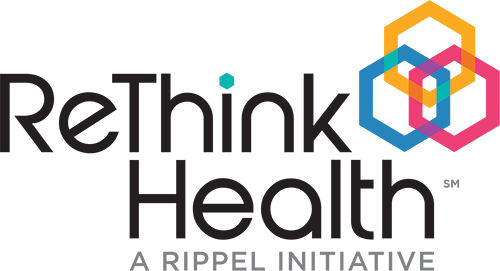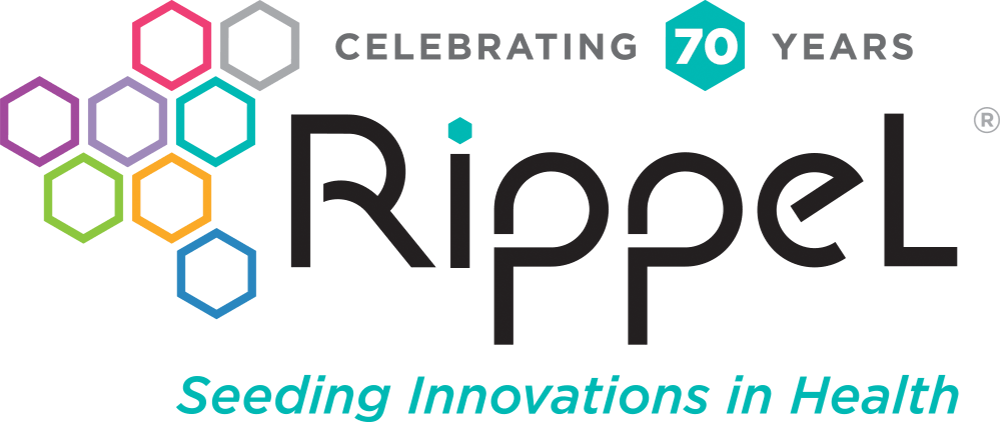The Stew BLOG
Using Systems Change to Create a New Health Ecosystem
We’re all well aware of what’s wrong with our healthcare system—costs are going up, health status is declining, value is poor. But there is a solution: we must create a new health ecosystem, which approaches health much more broadly.
We can no longer focus only on specific diseases, body parts, or populations. Why? Because health care contributes only 10% to health. Genetics is a big factor at around 30%. The remaining 60% is the result of behavior, environment, and social circumstances—things we can change. This new ecosystem must incorporate all of the interdependent factors that contribute to health, and we must restructure the relationships between these factors.
In 2007, The Rippel Foundation launched ReThink Health in response to this systems challenge. At ReThink Health, we are working to show that systems change is both necessary and possible, and to fundamentally shift the norms and standards that leaders use in their decision making. We are a think tank, convener, collaborator, consulting firm, coaching team, tool development shop, and influencer—combined.
Much of our work focuses on the regional level—essentially self-defined marketplaces—with a goal to accelerate the efforts of cross-sector coalitions, policy makers, and others to get beyond improvement of the current system, to get beyond collective impact, and to work in the hard, disruptive, and necessary space of transformation. To this end, we have worked with leaders in 70+ regions across the country, helping them see the systems they are part of and how they can be more effective agents of change. We also convene our peer organizations—we call them catalysts—so that we may collaborate with others who share our vision, and we participate in key forums for change at the Institute of Medicine, the Public Health Institute, Robert Wood Johnson Foundation, and others.
Admittedly, however, it can be hard to describe our day-to-day work in concrete terms, so here are a few illustrative examples:
- In Minnesota, when the state legislature asked the department of health to explain how incarceration affects the health of individuals, families, and communities, the department asked ReThink Health for help. In early 2016, we led two workshops with representatives from public safety, economic development, education, health, human services, and the broader community. The workshops resulted in a “map” of the system—shared with the legislature—demonstrating how incarceration can have long lasting, detrimental effects on economic opportunity, educational achievement, family unity, and housing stability—the very conditions that shape health. Moreover, these conditions were found to be reinforcing; that is, once begun, the impact of incarceration on health spreads and deepens over time.
- In 2011, when ReThink Health began working with the Pueblo Triple Aim Corporation (PTAC) in Pueblo County, Colorado, the county had among the worst health outcomes in the state and questioned how they were investing their resources. Using ReThink Health’s Dynamics Model, essentially a health system in a computer, the PTAC’s leaders identified new ideas that could yield a much more positive and sustainable future for Pueblo’s residents. This plan helped PTAC attract significant funding to support its agenda. The 2016 County Health Rankings revealed that progress is being made, including a nearly 50 percent reduction in preventable hospital readmissions among seniors and significantly reduced teen/unintended pregnancies.
- Like many hospitals and health systems in the United States, Dartmouth-Hitchcock Health (D-H) is grappling with a rapidly changing environment. In 2013, ReThink Health used its Dynamics Model to engage the D-H Board and senior staff in a strategy discussion. As a result, D-H created a “population health innovation fund,” which is financed with 30 percent of the investment returns that exceed budget targets. This fund has grown to more than $14.5 million since its inception. One of the first of its kind in this country, this fund is a model for how existing health care resources can be invested differently to yield greater value.
The impact of efforts like these could be huge over the next 10-20 years, especially if they can be scaled. We are excited for the work ahead. Will you join us?
This blog post is a summary of Rippel Foundation President Laura Landy’s remarks during a panel on “Promising Approaches to Systems Change” at the Social Impact Exchange‘s recent Conference on Scaling Impact.

